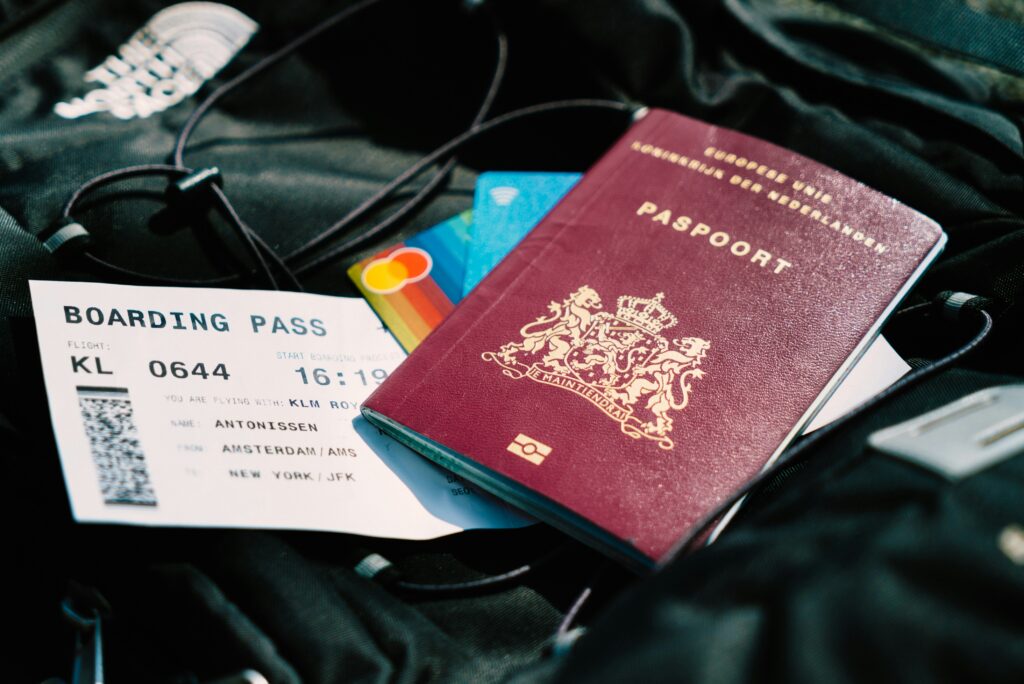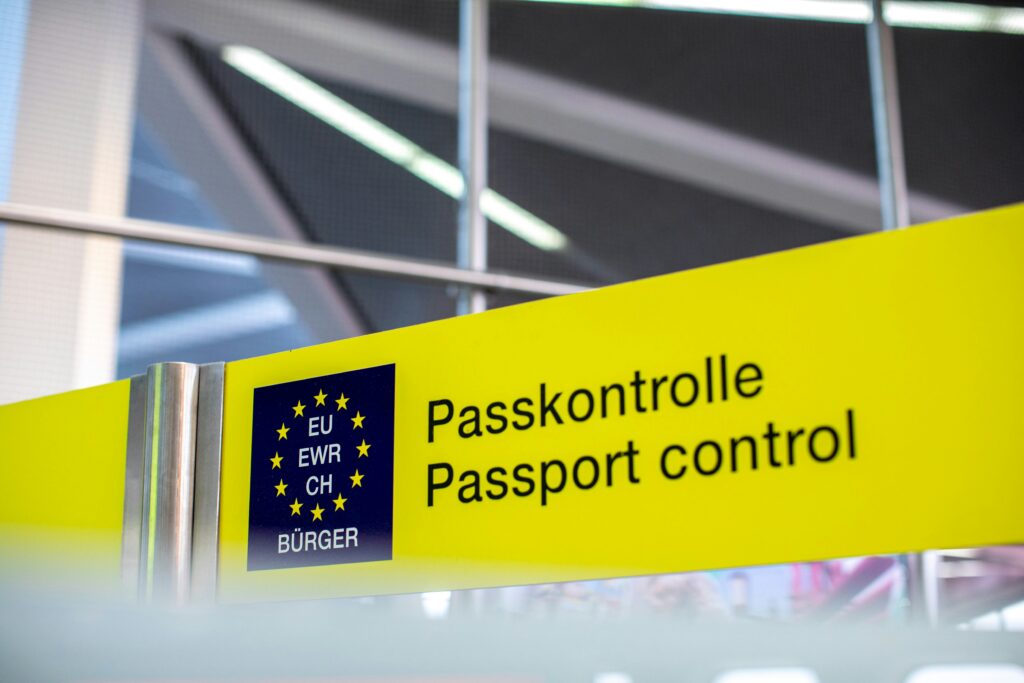Revived Travel Ban Takes Effect Across the U.S.: Here’s Who’s Barred and Why

In a dramatic escalation of U.S. immigration policy, a revised and expanded version of the controversial travel ban introduced during Donald Trump’s first term has officially gone into effect as of 12:01 AM ET on June 9, 2025. The policy enforces a complete ban on travelers from 12 predominantly Muslim-majority and conflict-ridden countries, including Syria, Iran, Yemen, Somalia, Libya, Sudan, Afghanistan, Iraq, Nigeria, Pakistan, Eritrea, and North Korea. Additionally, the order imposes limited restrictions on seven more countries identified by the Department of Homeland Security for high rates of visa overstays and cooperation issues, including Venezuela and Myanmar.

National Security vs. Civil Liberties
The White House, in a prepared statement, said the policy is aimed at strengthening border protection and preventing the entry of individuals from countries deemed “security risks due to lack of proper identity verification systems, terrorist activity, or diplomatic instability.” The administration insists the travel ban is temporary and will be lifted once the listed nations improve security vetting procedures in line with U.S. requirements.
However, civil rights advocates, legal experts, and immigrant communities are voicing strong opposition. Critics argue the policy is a thinly veiled attempt to reintroduce religious discrimination under the guise of national security, recalling the 2017 executive order that was challenged all the way to the Supreme Court. The American Civil Liberties Union (ACLU) condemned the new ban as “xenophobic and unconstitutional,” promising renewed legal challenges.
Scenes of Confusion and Heartbreak at U.S. Airports
As border agents implemented the new guidelines, airports across the country became chaotic. Travelers with valid visas were denied entry or detained for hours, some without access to legal counsel. Family members waiting at arrival gates were left without answers. In New York’s JFK International Airport, several students arriving from Iran and Sudan were held overnight despite possessing valid documentation.
Emergency hotlines set up by legal organizations received hundreds of calls within hours. Immigration lawyers rushed to major airports in cities like Los Angeles, Chicago, Atlanta, and Washington, D.C., offering pro bono support to detained travelers.
One particularly harrowing case involved a Yemeni father attempting to reunite with his wife and newborn in Detroit. Despite having an approved spousal visa, he was sent back to Amman, Jordan, without being allowed to meet his family.

Global Repercussions and Diplomatic Tensions
Several foreign governments have lodged official protests, calling the ban discriminatory and counterproductive to international relations. The Iranian Ministry of Foreign Affairs issued a statement denouncing the move as “politically motivated religious profiling,” while the African Union called for an emergency session to address the implications of what it termed an “institutional human rights violation.”
The United Nations Human Rights Council is also expected to review the policy, citing concerns about its alignment with international treaties on refugee and migrant rights.
A Pivotal Moment Ahead of the Election
As the 2025 presidential race heats up, the new travel ban is shaping up to be a major campaign issue. While Trump supporters praise the administration’s tough stance on immigration, Democratic challengers have vowed to repeal the policy on their first day in office, labeling it a return to an era of fear and division.
Political analysts note that the timing of the ban—just five months before the election—is likely intended to rally Trump’s base, which has historically supported aggressive immigration controls.
Conclusion
Whether this iteration of the travel ban will stand up to legal scrutiny or be overturned in court remains to be seen. What is clear, however, is that the policy has reopened deep national and international wounds about who gets to enter America—and under what terms. As thousands of affected individuals scramble for answers and legal relief, the human cost of this policy continues to unfold in real time.








